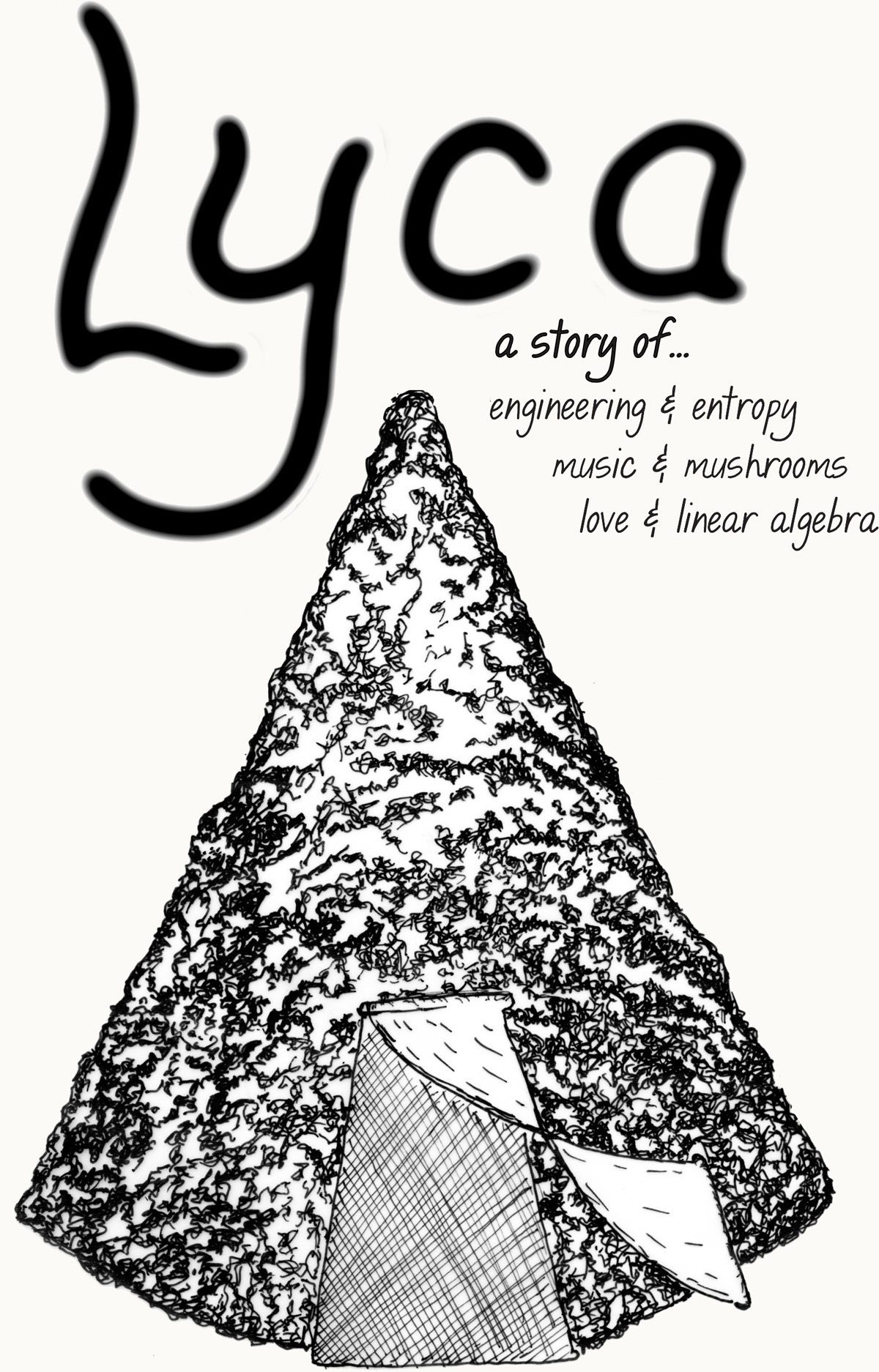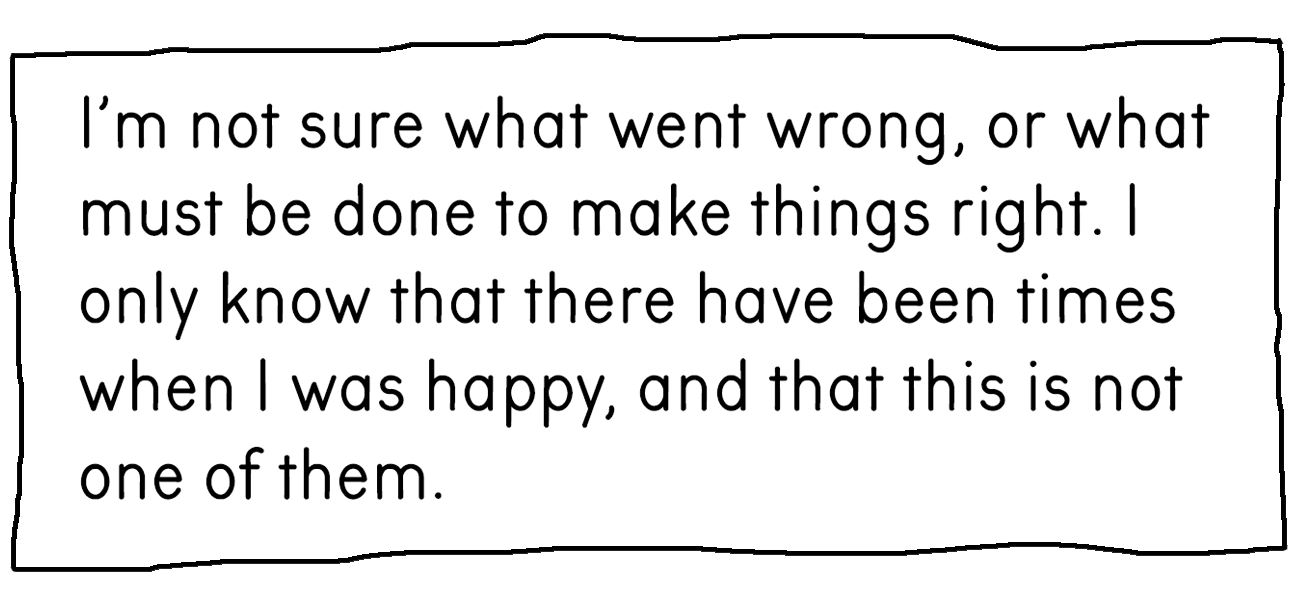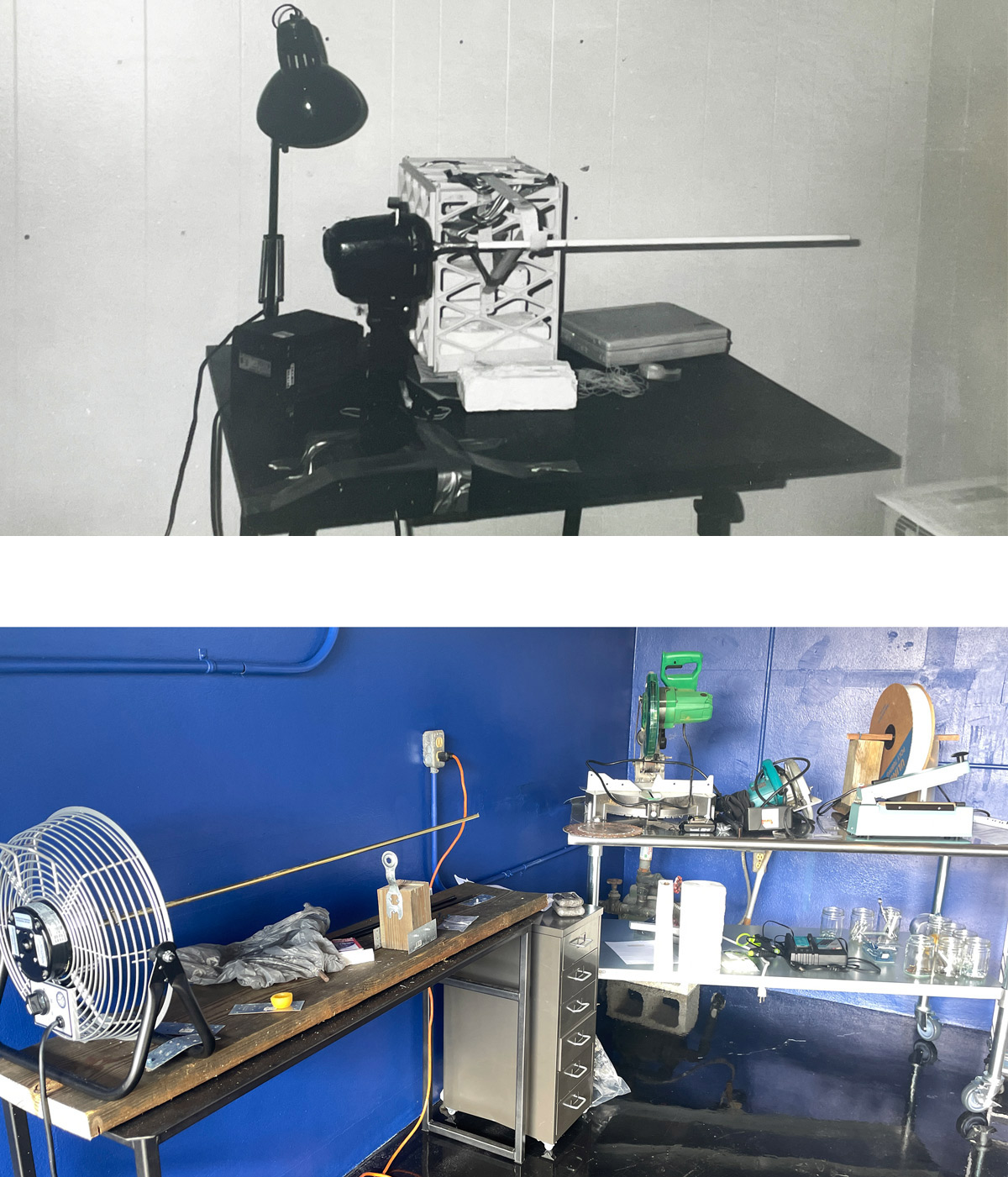The narrator kept his journal on a roll of drafting paper, and Lyca is published in scroll format with a final length of well over a hundred feet. This format is no mere gimmick; it’s vital to the story, the themes, and the reading experience. To read Lyca is to immerse yourself in the world of the narrator, from the special handwritten font that makes your individual copy unique, to the dozens of illustrations, to the original scheme for indicating where you are in the document — no page numbers!
The more you read, the more you’ll see the value of the scroll format and its importance to the story. Reading Lyca is nothing at all like scanning a web page, or even thumbing through a hardcover. The experience is both more demanding and a more rewarding, as it requires a level of focus that melts away outside distractions. The more careful your reading of Lyca, the more you’ll pick up on the many layers of meaning and references.
If you are a literary agent, publisher, or member of the press, you can get a free
physical copy of an extended excerpt from Lyca by
filling out a request form. All others can
request to be notified when Lyca becomes available for purchase.







